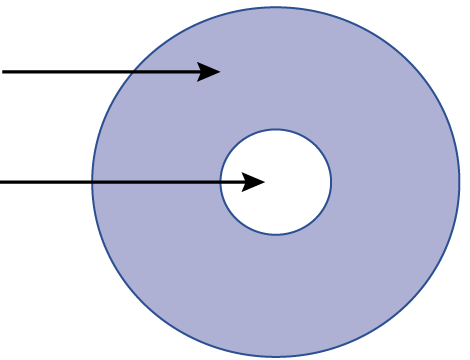
|
Archive - Exams: Preparing and Revising |
Essays
Exam essays
Essays in exams are a chance for examiners to test your understanding of information. They often assess your ability to apply information from the course to key themes or ideas.
Writing in exams is limited by time constraints, but the fundamentals still apply.
Even a small amount of time on analysing the question and planning your response will improve the quality of your writing.
Review your essay and check that what you have written fits the plan and answers the question properly. Your marker is not expecting a perfectly polished essay, but you do need to express your ideas clearly.

Analyse the question
Analyse the essay question to find out precisely what is being asked of you. By doing this, you will be able to:
- ascertain what issues you need to cover
- decide the types of sources to draw upon
- work out how to structure your essay
Example
1. Identify the key instruction words.
2. Identify the key topic words.


|
3. Establish the overall focus of the essay and the central focus.
 | ||
| Overall focus |
| |
| Central focus |
| |
4. Generate research questions that explore the focus.
- What are the three branches of government?
- What are the functions of each?
- How are they composed?
- How do the three relate to one another?
- How are the powers separated?
Plan
- Note your main points using bullet points or a mind-map.
- Jot down any examples or evidence to support your main points.
- Keep your plan to keywords, bullet points or short sentences. You will go into detail in your main essay.
- Plan your structure
- What is a logical order to present your main points?
Example
Use bullet points or mind-maps to quickly jot down your ideas before you start writing your essay.
Write
Examiners are not expecting perfect essays. However, they are looking for a clear, cohesive and well-structured answer. Your exam essay will follow a similar structure to other academic essays:
[Click on the headings to find out more about each section]
A paragraph or two, which explains what the essay is about. Usually, a general topic statement is made, which is followed by supporting statements.
A series of paragraphs – each containing one main idea. The main points that you noted in your plan can be developed into a paragraph with further explanation, evidence and examples.
A paragraph which sums up the ideas in the body of the essay and provides a final comment.
Prepare
 | |
1. Identify topics, themes, issues or concepts that are likely to be examined.
2. Predict the scope of the topic.
3. Gather information to cover these topics from different angles
4. Memorise main points so you can recall them quickly during planning your essay. |
5. PRACTISE
- Practise writing essay answers under timed conditions
- Remember the steps:
- Analyse the question
- Plan your answer
- Write
- Review
In the exam
1. Plan your time
- Check the numbers of points for each question and allot your time accordingly.
- For example, if you have two hours to answer four questions then you will aim to spend around 30 minutes per question.
2. Choose questions in reading time (~10 minutes).
- Read ALL the questions BEFORE you begin to work on any of them.
- Start with the questions you know the best.
3. Analyse the question
- This is very important – many essay exams get poor scores because the student did not answer the question.
- Identify key instruction words.
- Identify key topic words.
4. Plan your answer
- Spend the first few minutes writing relevant points on the question.
- Mind-maps or bulleted notes
- Identify your main points.
- Structure your main points logically so that one point follows the next.
- Introduction and conclusion
- These do not need to be as detailed as you would have in a research essay. Begin with a sentence, that directly answers the question.
5. Follow the structure of the question.
6. If you have time, re-read your answers. Make corrections.
Remember:
- Keep it simple
- TEE structure – one main idea per paragraph
- Keep to your time schedule
- If you run out of time, write brief notes.
- Format – leave space or write on every second line.





